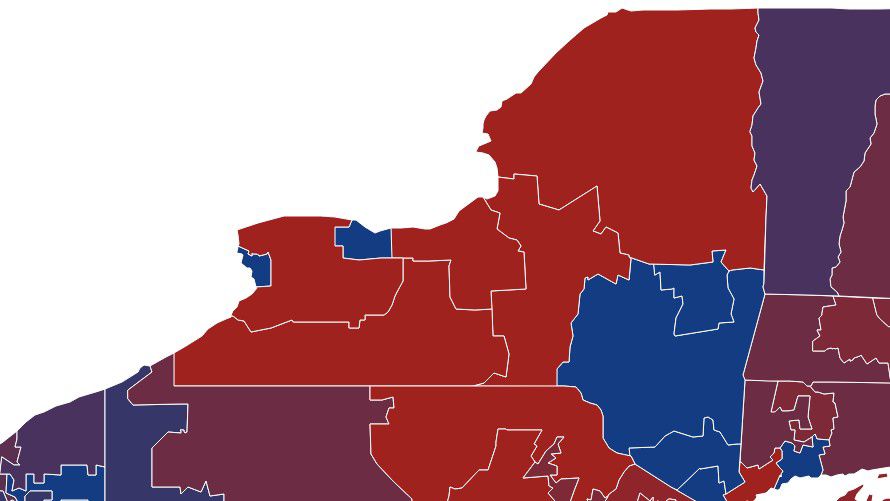Upstate New York is expected to lose a congressional seat in the coming round of redistricting as the state's population growth has been primarily driven by the New York City region, an analysis released on Tuesday by the New York Public Interest Research Group found.
New York is already expected to lose one of its 27 U.S. House seats after redistricting, and more granular Census data released last week shows the bulk of New York's increased population has been fueled by New York City and the surrounding region. This, in turn, could lead to the loss of upstate representation in Congress and possibly the state Senate, assuming mapmakers develop districts with more or less equal representation.
Population shifts are not expected to broadly affect how the state Assembly is configured. If the analysis holds, upstate New York will once again lose clout in Washington and Albany — the story of generations of stagnation and outmigration.
Upstate, for these purposes, is defined as the region north of Westchester, Rockland and Putnam counties. That area saw its population increase by 105,278 people over the last 10 years. In New York City, the population grew far faster, with the area adding 629,057 residents over the last decade. The two counties on Long Island saw their populations increase by 88,812.
The redistricting process is conducted once every 10 years based on the most recent Census data. In the last round of redistricting in 2012, New York lost two seats, with those districts being removed from upstate New York and New York City.
This time, a district that could be erased is the seat held by Rep. Tom Reed, who is set to retire at the end of the current term following allegations of sexual harassment. Reed's district stretches from the Southern Tier to western New York.
Maps for districts in the state Legislature and House of Representatives in New York will have to be finalized by early next year. New York voters this November will also consider constitutional amendments that could alter the redistricting process that could provide greater leverage for Democrats in the state Legislature over the process.



